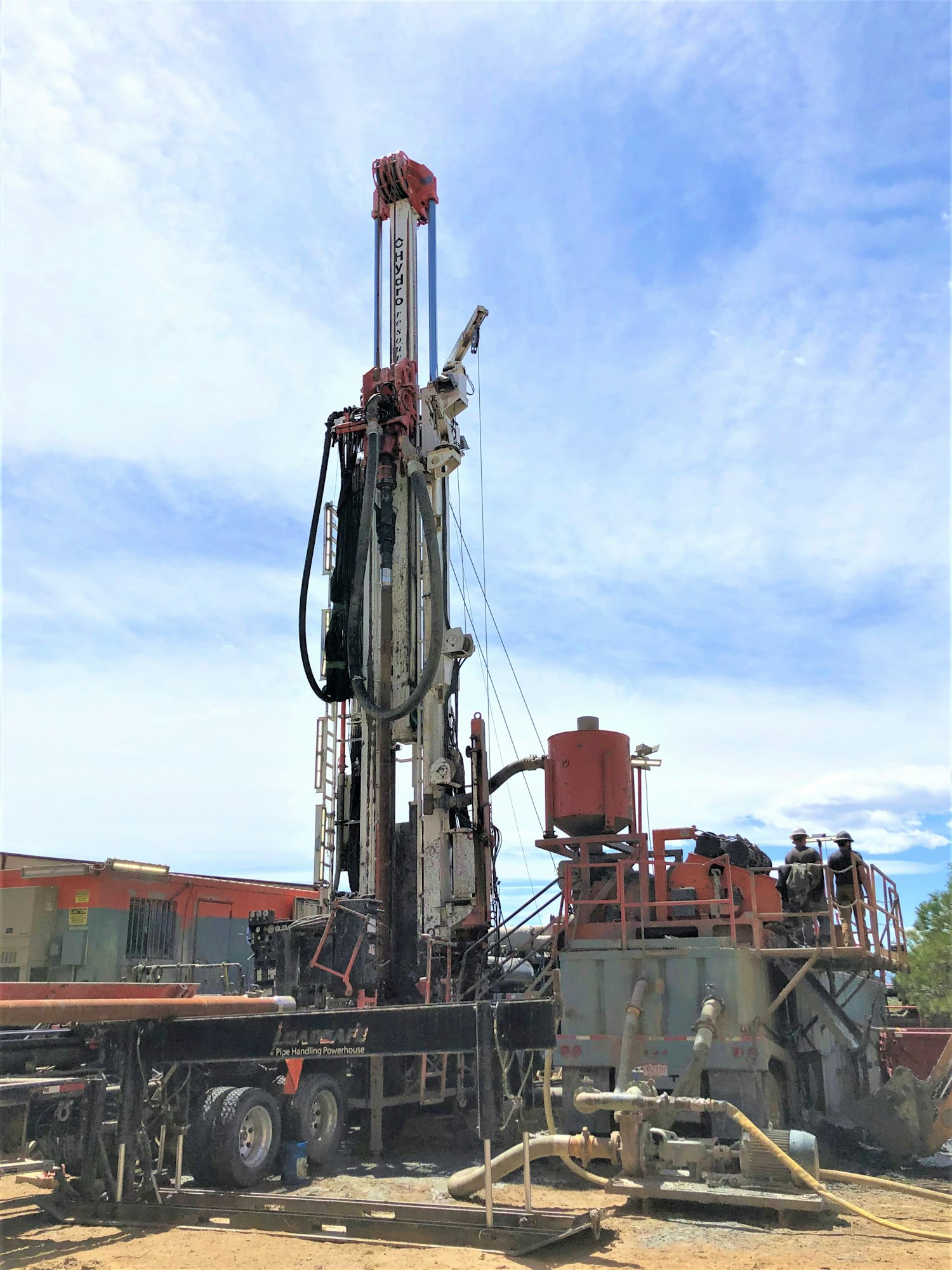Well Construction

The East Cherry Creek Valley Water & Sanitation District (ECCV) operates dozens of drinking water wells within its service area (eastern Centennial and portions of unincorporated Arapahoe County) and in portions of Highlands Ranch. These wells pump water from deep aquifers. Annually, water from these wells comprises about 30 percent of ECCV’s total water supply.
Water wells typically last 30-40 years, and eventually need to be rehabilitated. This can be due to natural wear on components or movement of water in the aquifer requiring a slight relocation of the well. The rehabilitation process involves creating a new bore and constructing a sealed casing through the entire length of the well to allow water to be pumped to the surface.
If you live near a well site being rehabilitated, here are answers to some common questions:
Will well rehabilitation work affect my water?
No. Wells undergoing rehabilitation are shut down and disconnected from the water system. ECCV customers will continue to receive water service during this time. While drilling operations require the use of what’s called “drilling mud”, these materials are contained at the site, and extracted once operations are complete. Drilling mud assists in keeping the bore intact and lubricating the drill bit. For water wells, the mud is primarily a mixture of water and clay.
How deep are ECCV's water wells?
ECCV water wells extract drinking water from multiple aquifers below the Denver metro area. Collectively, these aquifers are known as the Denver Basin. Aquifers in the basin range in depth from just below the surface to 2,200 feet below ground. Depths of individual wells vary, and depend on what aquifer is being accessed and the topography of the well location. Most of ECCV’s water wells access deep aquifers and may therefore extend anywhere from hundreds of feet below the surface to more than one-thousand feet in depth.
Does the drilling process involve fracking?
No. Hydraulic fracturing, or fracking, is NOT used by ECCV when drilling water wells. A standard drilling rig, often about 60 feet tall, is used to create the well bore. The sand and gravel comprising these aquifers are not well cemented, and do not respond to fracking techniques.
What happens to the old well if rehabilitation requires drilling a new well bore?
The Colorado State Engineer requires well bores that are no longer in use to be abandoned and sealed with cement grout. These bores are generally 12 inches in diameter.
Why are some water wells located so close to homes? Can they be moved??
The placement of well sites in close proximity to homes is fairly common in Front Range communities. This is because sites for water wells were often established before residential development.
As this water source continues to be an important part of ECCV’s water supply, it is crucial that the new wells are capable of producing the same amount of water as the current wells. Moving well sites to different areas of the aquifer formation could decrease well production. It is also important for ECCV to only use water for which it has rights.
Moving a well site too far from its current position could infringe on the rights of another water provider.
Why is there water coming from the well site?
Several phases of well rehabilitation require the well to be tested and prepared for operation. Crews use hoses to direct discharge of this water to nearby drainage and storm sewer systems. Natural filtration within the aquifer keeps this water quite clean. Once in operation, water from ECCV’s deep aquifer wells requires relatively little treatment to meet drinking water standards.
